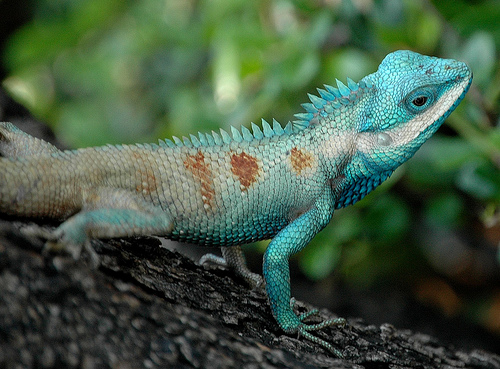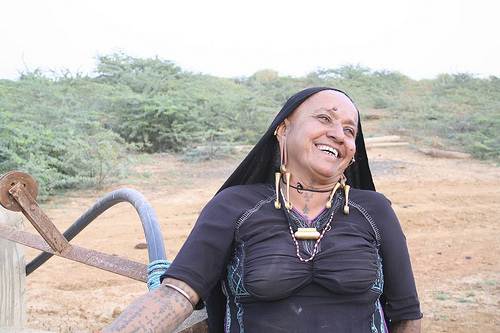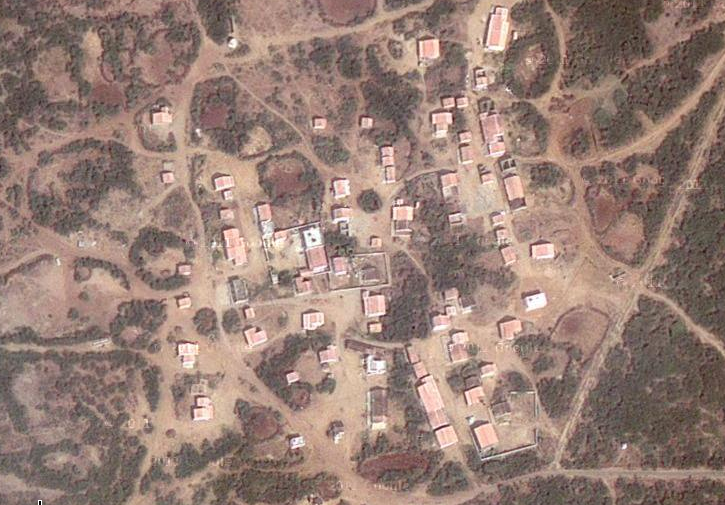This article is an early stage draft. Please email me suggestions!
Home
Contact
Things to Read or Do
State In A Box Overview which briefly outlines a radically new approach to SSTR based in distributed infrastructure and Jeffersonian ideals.
Winning the Long Peace - about extending the concept of the nation state to reflect the realities of current American policy.
STAR-TIDES and Starfish Networks: Supporting Stressed Populations with Distributed Talent - National Defense University, Defense Horizons 70, co-author
Soft Development Paths - Is there any way that everybody in the world can live reasonably well? Yes, but we need to work on the basics...
The Future of Poverty - how computers and networks give us new ways of knowing which may end poverty forever
STAR-TIDES briefing at National Defense University - one hour video plus supporting documents of the presentation I did about distributed infrastructure and the
Hexayurt Project for NDU.
Severe Panflu Response Strategies - a really serious look at losing 25% of the human race in a single year, and what we can do about it.
STAR-TIDES - notes and boards from our demonstration at the Pentagon. Six ages of good stuff on infrastructure and resilience half way through. See
the STAR-TIDES home page for context.
Hexayurt Project - my main activity, a free/open source disaster relief and emergency shelter system.
Networked Domestic Disaster Response - presents a well-reviewed plan for evacuating millions to tens of millions of American citizens in catastrophic emergencies.
Facilitating International Development through Free / Open Source -
about changing the direction of international development by giving away free designs for great and useful technologies, like autorickshaws and water purifiers!
State In A Box - Identity Services Architecture -
about re-engineering the nation state based on modern technology, starting with identity management. Includes extensive material on biometrics, OpenID, PKI and is fully buzzword compliant. It's the start on a book.
Our Future With Islam - about Islam as a religion, culture and political system, and long term prospects for peaceful co-existence without falling back on Mutually Assured Destruction.
Saving the World on the Cheap - about charities, governments, and the need for a new way to fund lifesaving engineering projects.
Resilience and Opportunity in 4GW - on decentralized infrastructure and microfinance as was of moderating 4GW conflicts.
Discuss at The Sietch Forums
My blog


